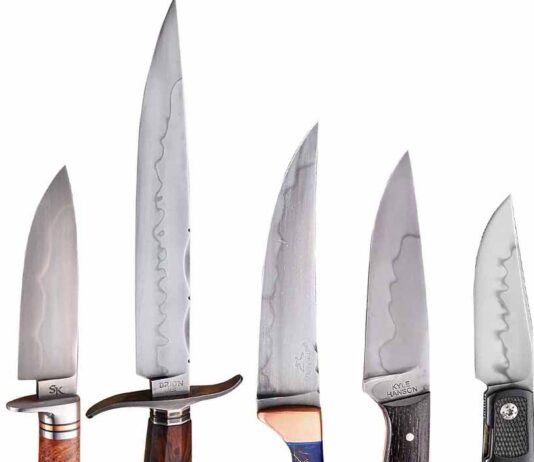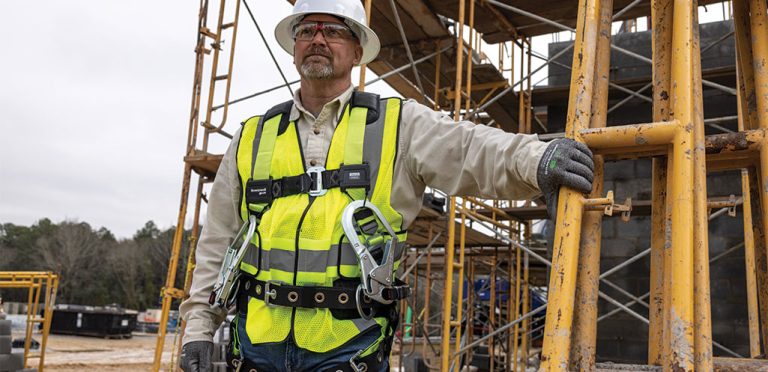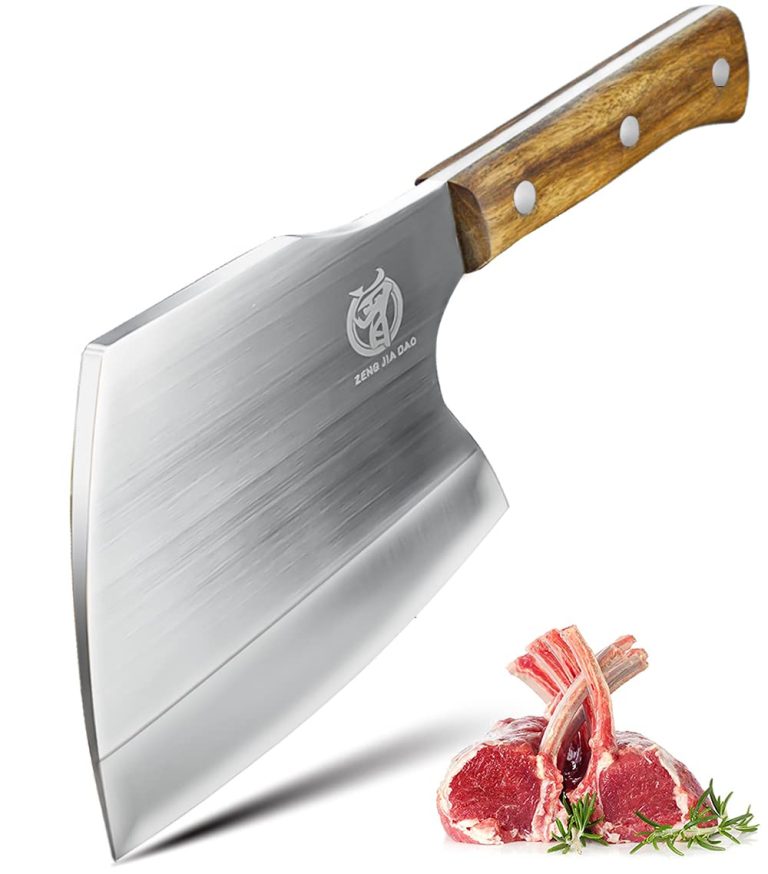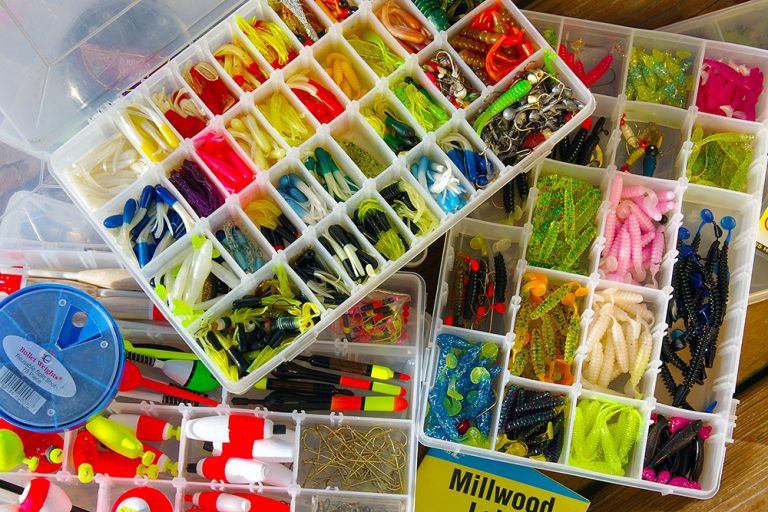Knife Collecting 101: Building a Hunting Knife Collection
Building a hunting knife collection starts with choosing high-quality knives suited for different purposes, including field dressing, skinning, and butchering.
Why Hunting Knife Collecting Is So Popular
Knife Collecting 101: Building a Hunting Knife Collection
The popularity of hunting knife collecting is undeniable. Collectors are drawn to the allure of these versatile tools due to a multitude of reasons. Firstly, the appeal lies in the rich history associated with hunting knives, offering enthusiasts a glimpse into the past. Owning a collection provides a sense of satisfaction, epitomizing the thrill of acquiring rare and unique pieces. The functionalities and craftsmanship of hunting knives make them highly desirable for enthusiasts passionate about knives. Their practicality in outdoor activities adds further value to these collections.
Each knife holds a story and serves as a tangible connection to the artistry and legacy of past generations. The joy of researching, acquiring, and displaying hunting knives is unmatched, as it reflects one’s appreciation for the rich traditions associated with hunting. Whether it’s admiring the intricate designs, exploring their origins, or learning about the different styles and materials used, hunting knife collecting offers a rewarding experience for enthusiasts.
| The appeal of hunting knife collecting | The satisfaction of owning a collection | A glimpse into the history of hunting |
|---|---|---|
| Rich traditions and cultural significance | Pride in acquiring rare and unique knives | Unearthing stories behind each knife |
| Versatility and practicality in outdoor activities | Displaying craftsmanship and artistry | Learning about different knife styles and materials |
Choosing The Right Hunting Knives For Your Collection
A hunting knife collection can be a fascinating and rewarding hobby. When building your collection, it is crucial to choose the right hunting knives that will complement your interests and needs. Researching different hunting knife styles is an essential first step to understanding the wide array of options available. Understanding the different blade materials is also crucial – **a strong and durable blade** made from high-quality materials ensures longevity and reliable performance. Alongside the blade, evaluating the handle and grip options is equally vital. **A comfortable and secure handle** provides better control and minimizes the risk of accidents during hunting trips. Take note of the different handle materials, designs, and ergonomic features to find the perfect match for your collection. By considering these factors, you can build a diverse and impressive hunting knife collection that suits your preferences and enhances your hunting experiences.
Building And Expanding Your Hunting Knife Collection
Start with the basics: essential hunting knife styles – When starting a hunting knife collection, it’s essential to begin with the basic styles that every hunter needs. Look for **fixed-blade knives** that are sturdy and reliable. These knives are designed to handle a variety of tasks, from field dressing to skinning. **Drop point**, **clip point**, and **gut hook** blades are popular choices among hunters.
Exploring different brands and models – Once you have a few essential hunting knives in your collection, it’s time to explore different brands and models. Research reputable knife manufacturers that offer a range of options. Consider the **blade material**, handle design, and overall quality before making a purchase. Compare customer reviews and expert opinions to make an informed decision.
Adding unique and specialty knives to your collection – To make your hunting knife collection truly stand out, consider adding unique and specialty knives. Look for **limited edition** or **customized** knives that showcase craftsmanship and rarity. You may also want to include knives designed for specific hunting purposes, such as **skinning knives**, **bone saws**, or **bird knives**. These specialty knives can add diversity and interest to your collection.
How To Care For Your Hunting Knife Collection
Proper care and maintenance of your hunting knife collection are essential to ensure its longevity and performance. To keep your knives in top condition, it’s important to follow proper cleaning and maintenance techniques. Regularly cleaning your knives with mild soap and warm water helps remove dirt, grime, and any potential corrosive substances. After cleaning, thoroughly dry your knives to prevent rust formation.
When it comes to storage, consider investing in a knife roll or a knife block to protect your blades from damage. Make sure to keep your knives in a dry and clean environment to avoid moisture-related issues. Additionally, storing your knives individually in sheaths can help prevent accidental cuts and scratches.
Sharpening your hunting knives regularly is also crucial for maintaining their blade edge. Consider using a sharpening stone or a honing rod to keep the blades sharp and ready for use. Take your time and carefully follow the manufacturer’s instructions to avoid any mishaps.
In conclusion, taking proper care of your hunting knife collection through regular cleaning, appropriate storage, and effective sharpening techniques will enhance their durability and performance, allowing you to enjoy your collection for years to come.
Displaying And Showcasing Your Hunting Knife Collection
Building a hunting knife collection is an exciting endeavor for knife enthusiasts. Once you have assembled your collection, it’s important to display and showcase it properly to preserve its value and aesthetics. The right display options can make a significant difference in enhancing the appeal of your collection. There are various display options to choose from, each with their own pros and cons.
One popular choice is a display case or cabinet. These provide a secure and dust-free environment for your knives, while allowing them to be easily viewed. However, display cases may take up a significant amount of space and can be quite expensive. Another option is wall-mounted racks, which are more space-efficient and offer easy accessibility. However, they may not provide the same level of protection as display cases.
In addition to display options, showcasing your collection at knife shows and events can also be a great way to engage with other collectors and enthusiasts. These gatherings provide a platform to exchange knowledge, display unique pieces, and even participate in competitions. It’s a fantastic opportunity to connect with like-minded individuals and learn more about the art of knife collecting.
Overall, finding the right display option and participating in knife shows and events can elevate your hunting knife collection and allow it to be appreciated by others who share your passion.
Evaluating The Value And Authenticity Of Hunting Knives
Building a hunting knife collection involves evaluating the value and authenticity of the knives you acquire. Understanding the factors that affect knife value is crucial in identifying authentic and valuable hunting knives. One of the main aspects to consider is the knife’s condition, as mint condition pieces are usually more desirable. Rarity is also an important factor, with limited edition or discontinued knives often holding a higher value. Additionally, the reputation of the maker plays a significant role in determining a knife’s worth. Researching and utilizing resources for authentication and valuation is essential. Online forums, knife collector communities, and expert appraisals can provide valuable insights and guidance in assessing the value of your hunting knives. By carefully evaluating these factors and utilizing available resources, you can start building a hunting knife collection that is authentic and valuable.
Connecting With The Hunting Knife Collecting Community
A valuable way to connect with the hunting knife collecting community is by joining online forums and discussion groups. These platforms provide opportunities to share knowledge, ask questions, and learn from fellow collectors. By engaging in these discussions, you can gain insights, discover new information, and connect with like-minded individuals who share your passion for collecting hunting knives.
Another way to connect with the community is by attending knife collecting meet-ups and events. These gatherings offer the chance to meet experienced collectors and enthusiasts in person, exchange ideas, and potentially add unique pieces to your collection. By participating in these events, you can expand your network, explore different collecting perspectives, and deepen your understanding of hunting knives.

Credit: blademag.com
Tips For Buying And Selling Hunting Knives
Knife collecting is a fascinating hobby that allows enthusiasts to build an impressive hunting knife collection. When it comes to buying and selling hunting knives, there are several tips that can help collectors make informed decisions. One important aspect is researching market prices and trends, which can provide valuable insights into the current value of knives. Identifying trustworthy sellers and platforms is another crucial step to ensure a successful transaction. It’s essential to find reputable sources that offer authentic knives at fair prices. Additionally, having effective negotiation and pricing strategies is vital for selling knives. By understanding the market and being prepared to negotiate, collectors can maximize their profits and attract potential buyers.
Legal Considerations For Hunting Knife Collecting
Legal Considerations for Hunting Knife Collecting
When building a knife collection for hunting purposes, it is crucial to familiarize yourself with local knife laws and regulations. Each jurisdiction has its own set of rules and restrictions that govern the possession and use of knives. It is important to understand the restrictions for certain knife types, such as switchblades or automatic knives.
An essential aspect of knife collecting is ensuring compliance when attending events or transporting knives. Many states and countries have specific requirements for carrying knives in public or while traveling. Always check the local laws, obtain any necessary permits, and adhere to any limitations on where and how knives can be carried.
By being aware of and respecting the legal constraints surrounding hunting knife collecting, you can build a valuable and diverse collection while staying within the boundaries of the law.
Conclusion
Building a hunting knife collection can be a rewarding and fulfilling hobby for enthusiasts. By understanding the different types of hunting knives available and their specific uses, one can curate a diverse and functional collection. It is important to prioritize quality and craftsmanship when selecting knives, as well as considering their intended purpose and the materials used in their construction.
Additionally, maintaining and caring for the knives in your collection is essential to ensure their longevity and performance. Regular cleaning, sharpening, and storage in a proper sheath or display case will help preserve their value and functionality. Furthermore, joining online communities and engaging with fellow collectors can provide valuable insights and make the journey of building a knife collection even more enjoyable.
Whether you are a seasoned hunter or a knife enthusiast, building a hunting knife collection allows you to appreciate the artistry and functionality of these essential tools.






